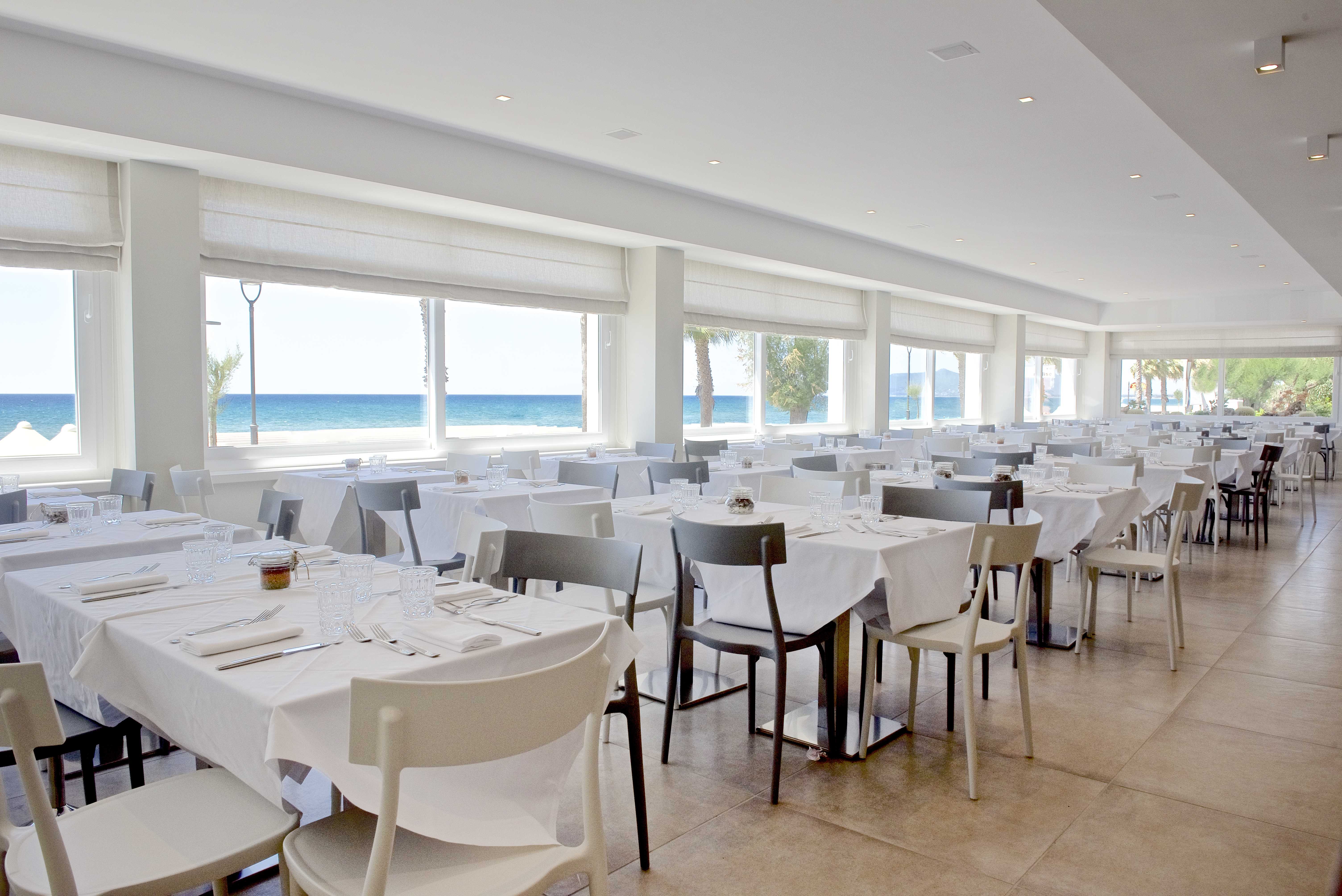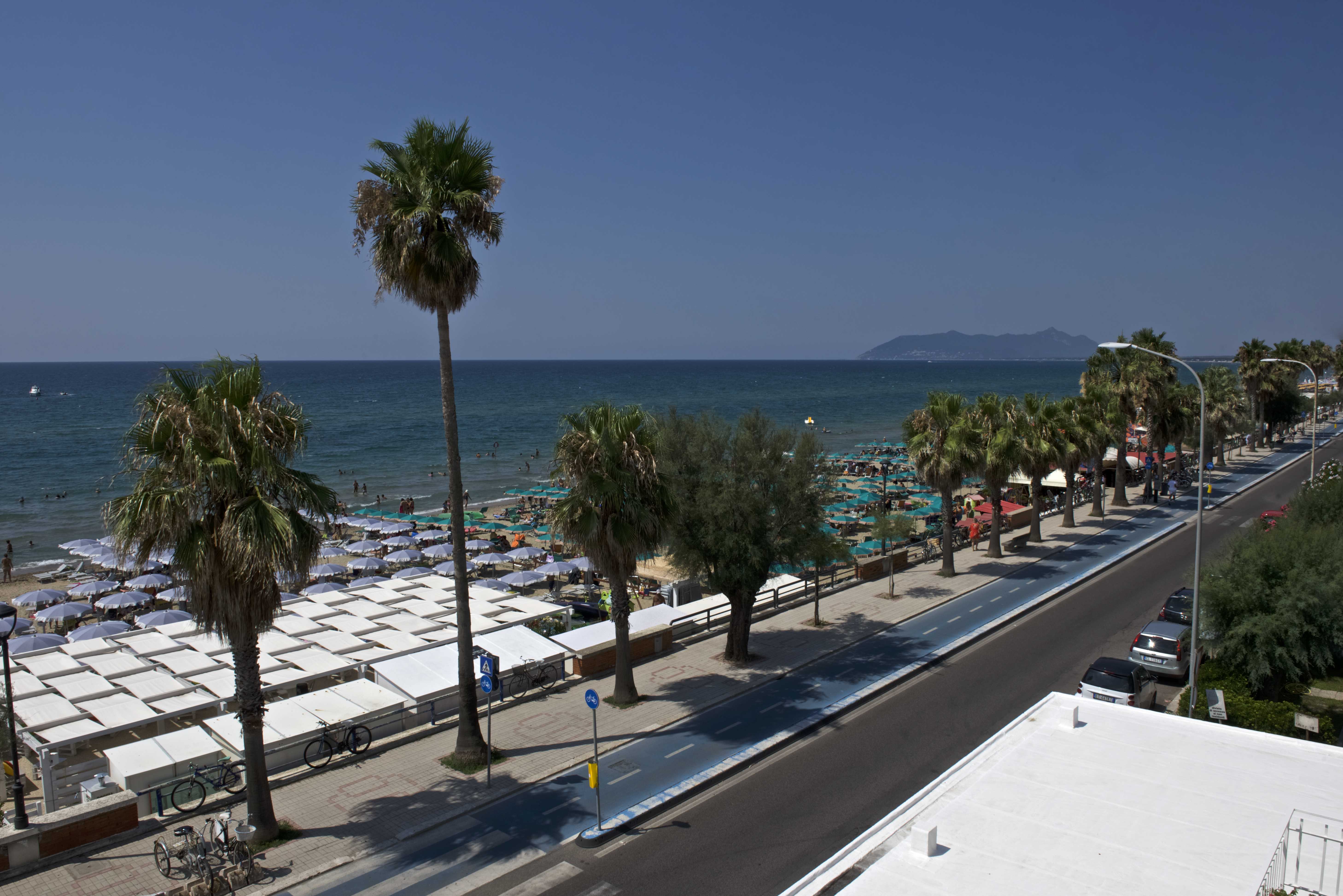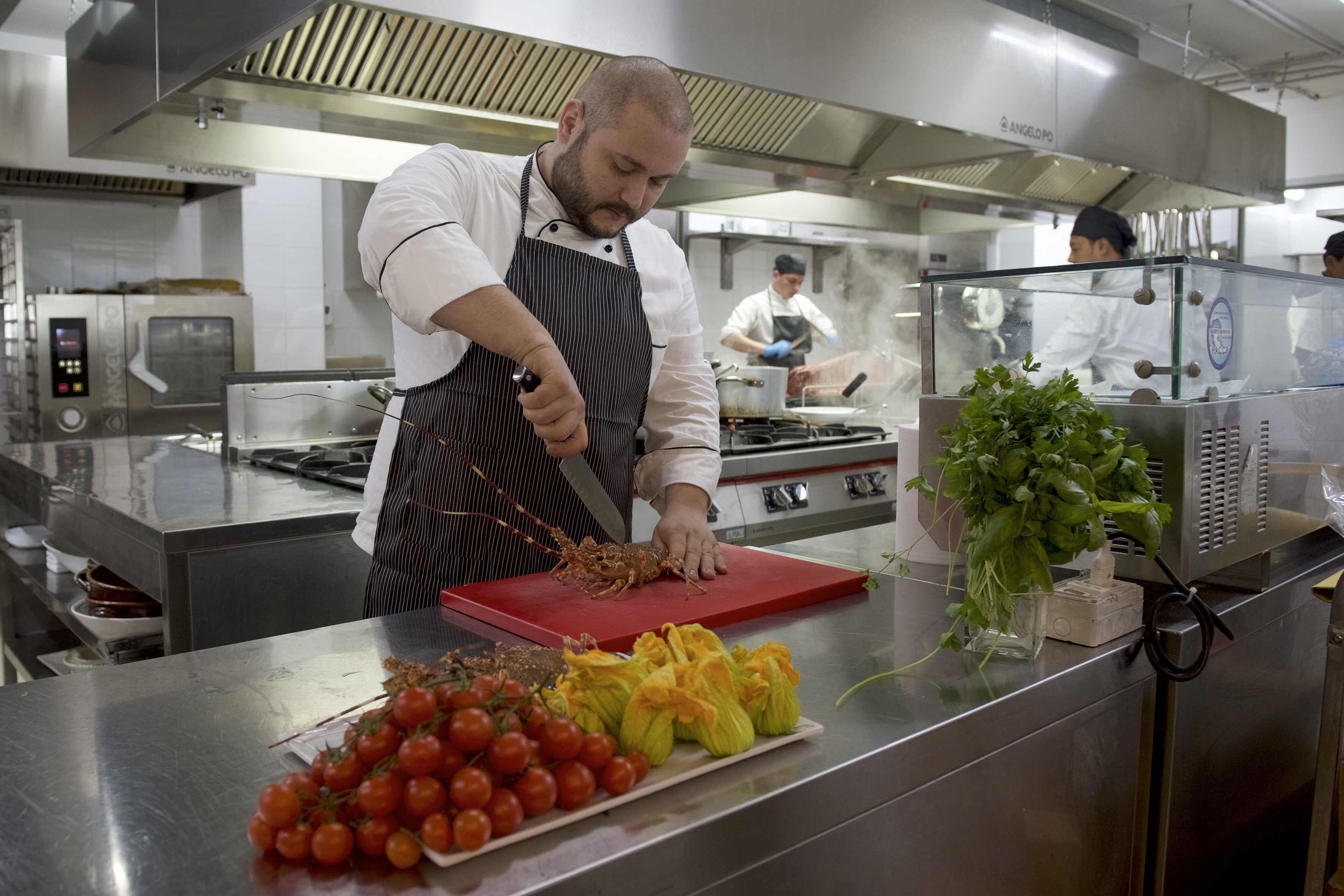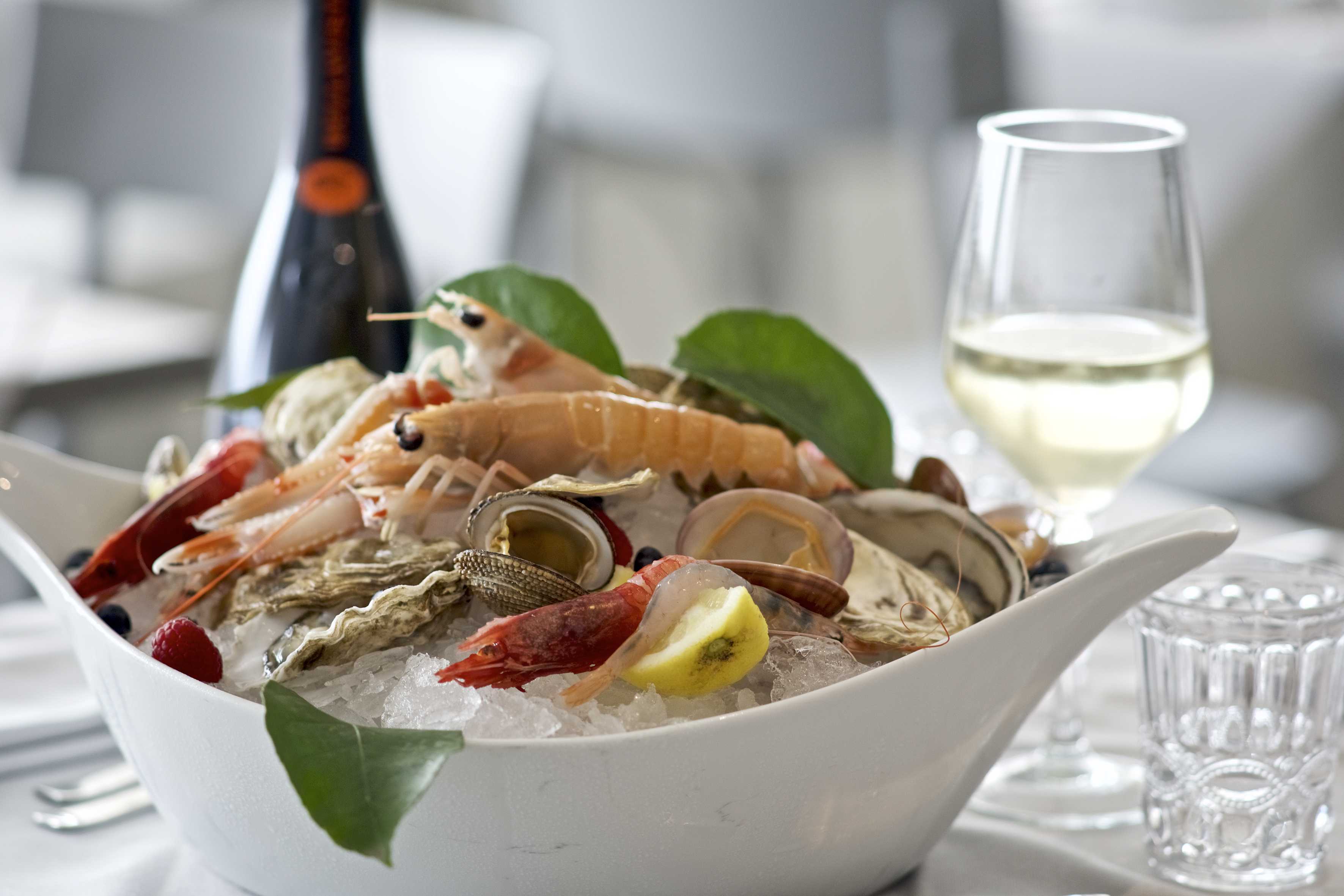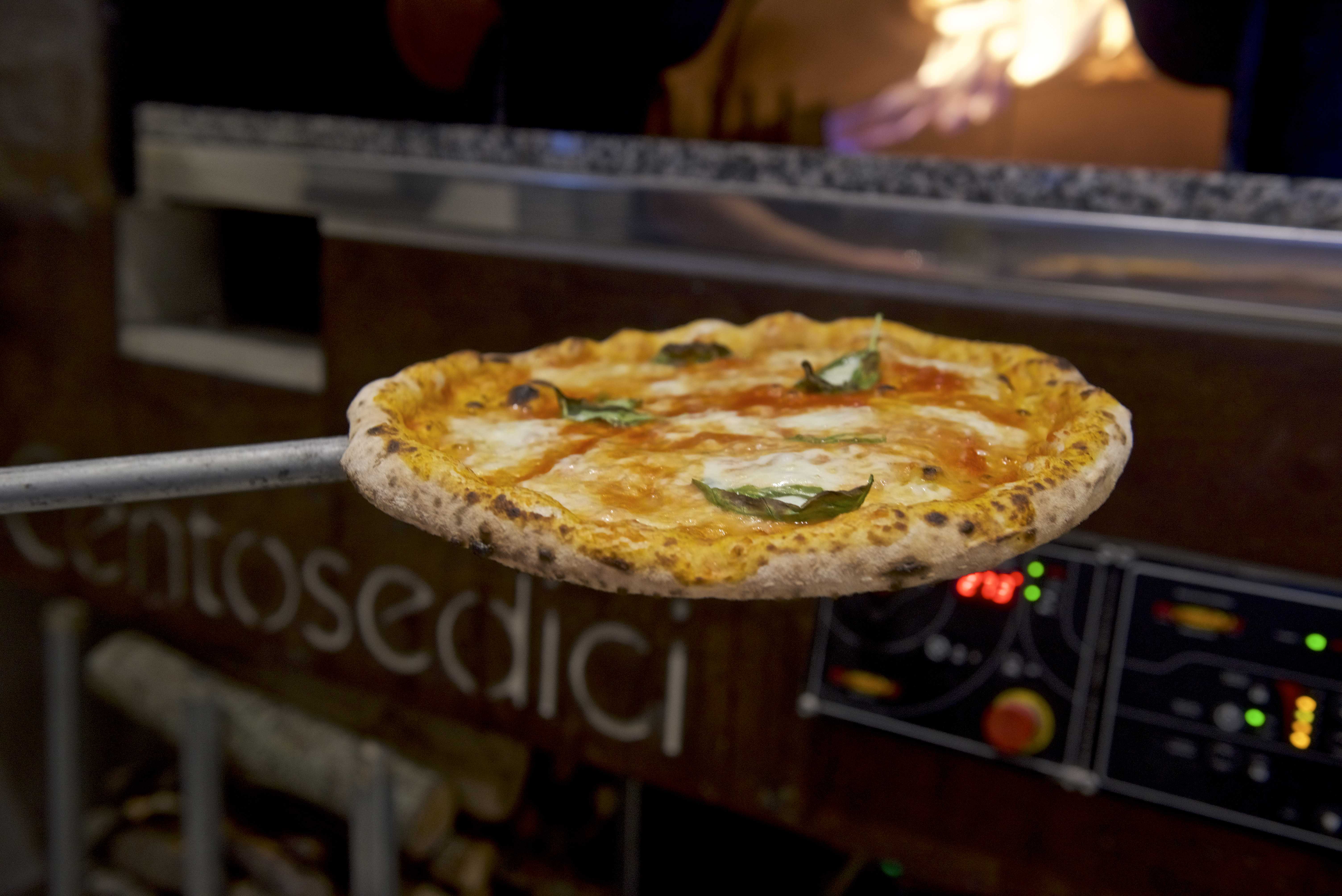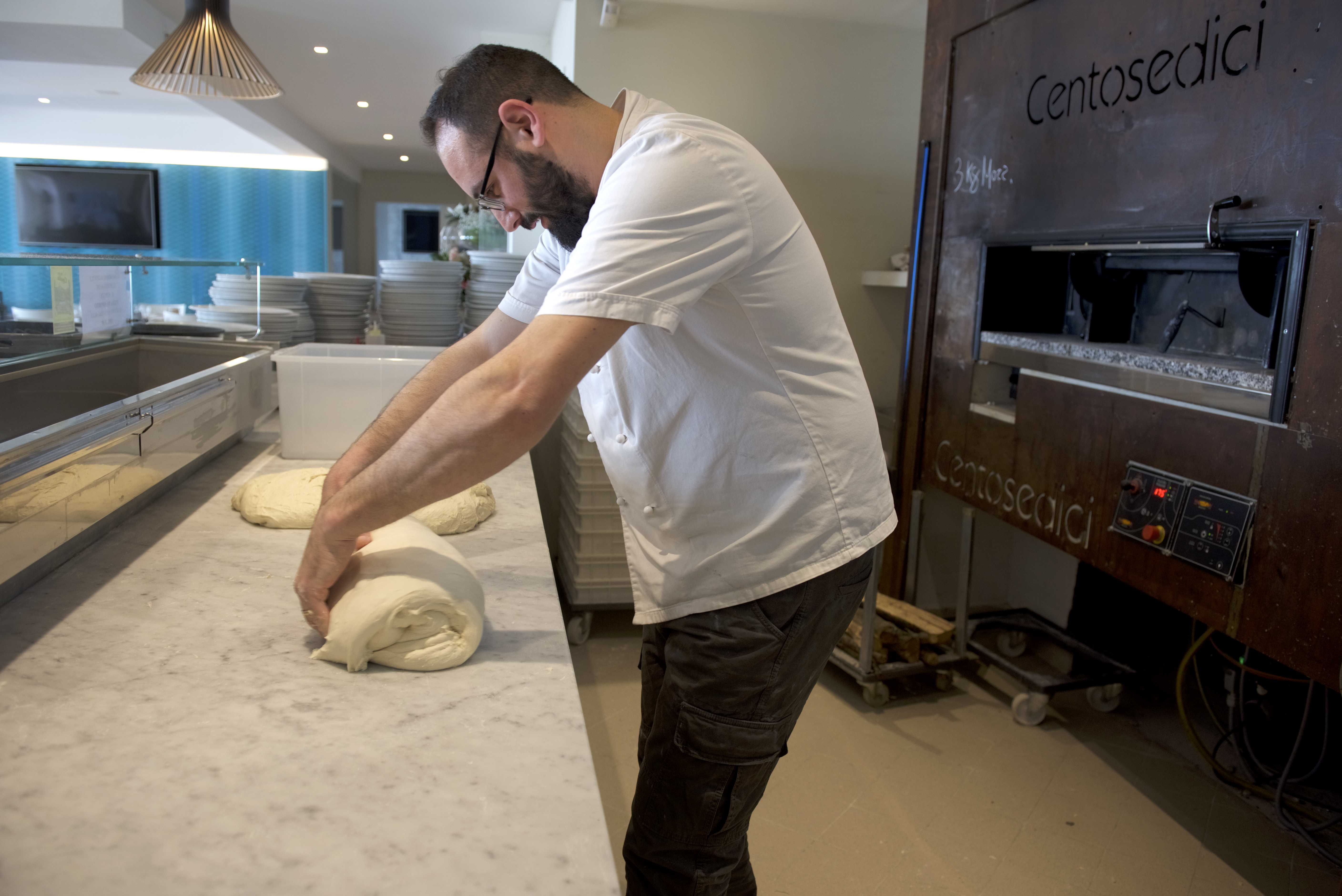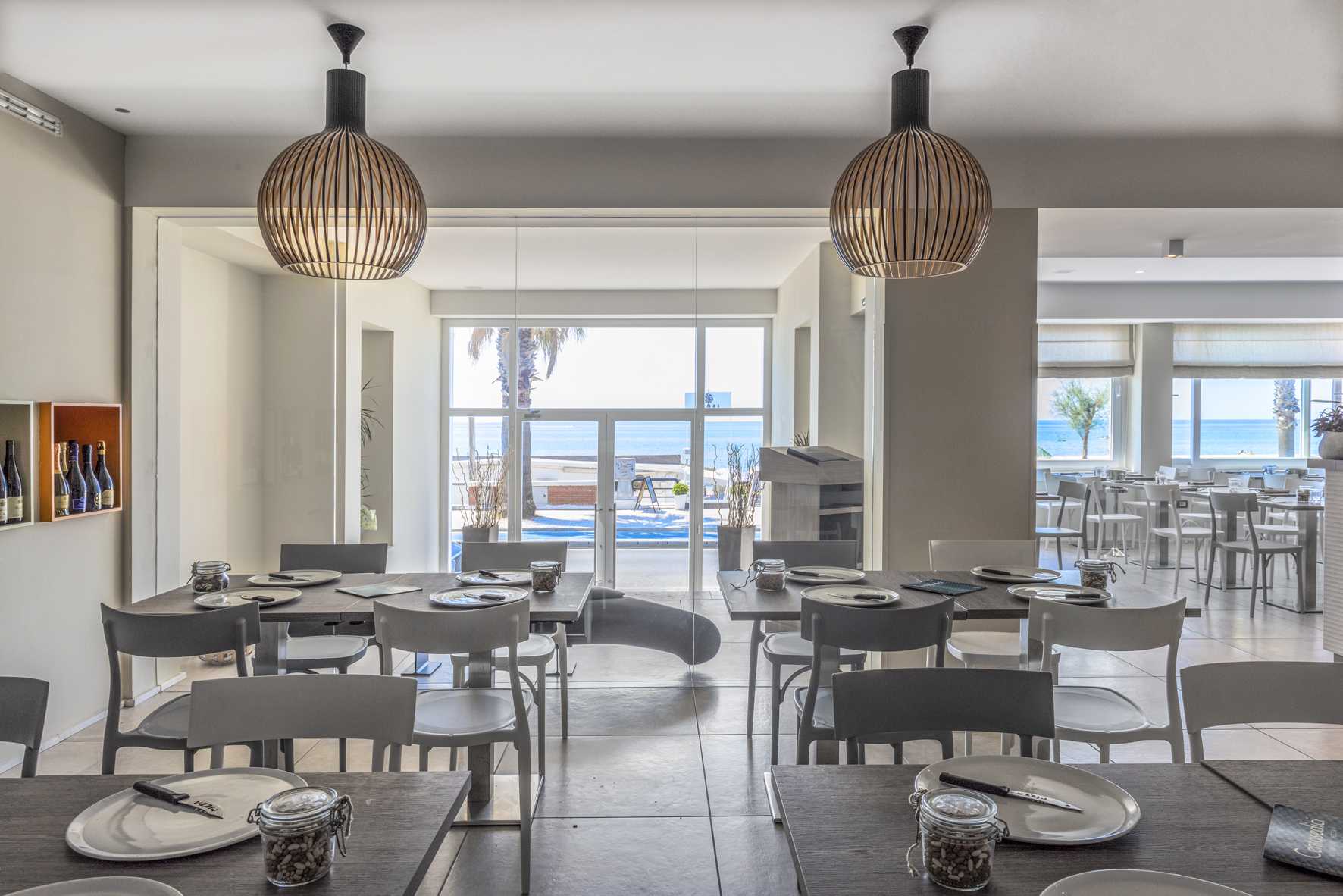Terracina
The Museum City
Terracina is an open museum with its more than 2500 years history and was first mentioned in V century B.C. as an etruscan village. In Roman Age the city started to play an important cultural and economic role in the Empire, especially during the period of Neapolitan expansions. In 1785 Pope Pio VI created a major political and administrative centre and, moreover, made the city one of his residences as a tribute to his childhood, spent here.
History of the city can be seen everywhere, particularly in unification of historic and modern monuments.
For those who are searching for night life, Terracina has a lot to offer as well– in its modern centre there are a lot of pubs, cocktail bars and clubs, including those in the open air. The majority of them is open all year long.
Upper city centre
The upper city centre is considered a real museum – starting with Roman forums and finishing with main Cathedral and amphitheatre. While walking through narrow streets of the upper town, one can observe Medieval towers, palaces and marvellous churches.
While in the city centre do not miss various artisan shops both for food and products.
Lower city centre
Between the sea and Saint Angel’s mountain lies the Medieval part of the town. The only reminder of Roman period here is the Port, constructed during the rule of Emperor Traiano in order to connect ancient road Via Appia to the sea.
Also, here could be found Medieval Thermal bathes, hidden from the sight by a park.
Temple of Jupiter Anxur
However, the real pearl of the city is its Temple, situated on the top of the Angel’s hill and integrated into ansamble of its Natural park. The Temple, dedicated to Jupiter was constructed in the beginning of Modern Era and played a very important religious role. Its position makes it a perfect place to enjoy sunrise or sunset, as well as live music concert or a theatre play, which are usually held during summer months.



